The treatment of structural wood located outside is imperative to ensure its durability. Visible parts of structural timber, decorative elements, wood cladding, eaves, fascias (fascia boards), all these elements must be able to resist bad weather and insect attacks.
Treatment of exterior structural wood: which wood for which use?
The fact that the exterior wood is in permanent or punctual contact with water (fresh or saltwater), that it is in contact with the ground or not, the decorative elements or structural wood, the wood species used are all parameters that will influence the treatment to be carried out.
According to the risks related to the presence of moisture, there are five classes of use for wood. Class 3 is divided into two sub-classes, depending on whether the wood is in contact with standing or flowing water.
Classes 1 and 2 are reserved for wood used indoors, class 5 for wood in permanent contact with saltwater. They are class 4 if the structure of which they are a part is or may be in contact with the ground (wooden posts for fences, certain claddings, etc.). In construction, structural wood located outside is at least class 3.
Depending on your wood’s destination (use) your region of residence, you can choose a naturally resistant species; you can use a wood already treated or apply the treatment. Structural wood located outside and which is not naturally resistant must have been “treated in the factory” or on the manufacturing site by autoclaving or soaking. However, a small part of them may have to be cut out afterwards, and therefore re-treatment has to be done at this place. It can also be a maintenance treatment, preventive, after several years, on visible parts subjected or not to bad weather.
We will only talk here about preventive treatment of untreated natural wood or the re-treatment and maintenance of elements that have already been treated in the past, used outdoors. Curative treatments will not be discussed.
Note: All use classes include resistance to insects, such as termites.
Treatment of exterior structural wood: which treatment to use?
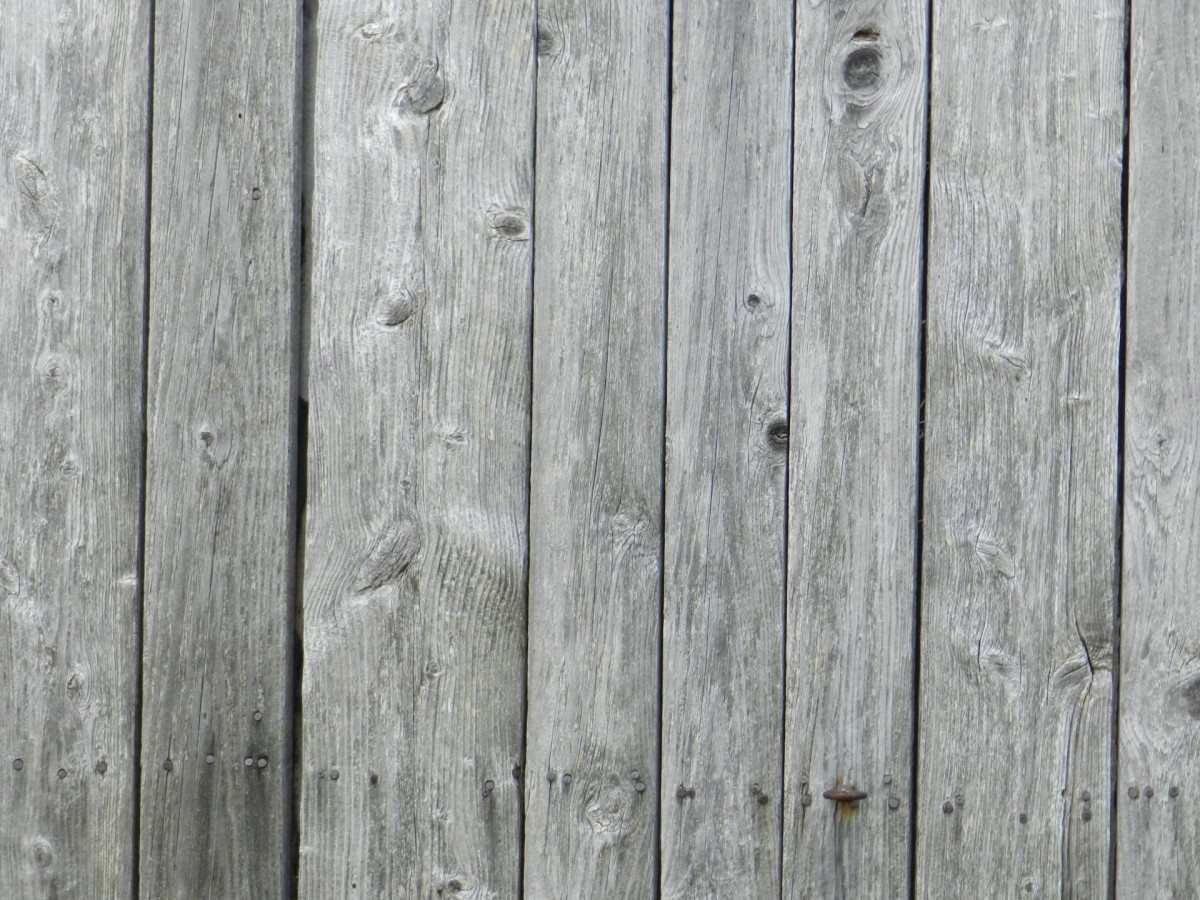
In these conditions, the preventive treatment for exterior wood comes in liquid form, sometimes in gel form. It can be coloured or colourless.
Its packaging indicates “treatment against xylophagous insects” (i.e. which feed on wood) or “insecticide”. Choose a product that is also fungicidal (protection against fungi).
Choose a product that mentions a guarantee of durability. More expensive, they are nevertheless the only active ones.
If your wood is already attacked, you must use a curative treatment or call a professional.
Warning: some products presented as exterior wood treatments are only waterproofing agents. They do not protect against insects.
Treatment of exterior structural wood: how to protect effectively?
First, read the instructions carefully. Make sure you have the individual protection equipment indicated (gloves, adapted mask, etc.) because the treatments are toxic and often flammable…
Protect all the surrounding elements that should not be treated. Think of the possible projections.
Be careful with the terrace tiles, predominantly plants, which might not appreciate your interest in these staining and harmful treatments…
Treatment of exterior structural wood: how to prepare your wood?
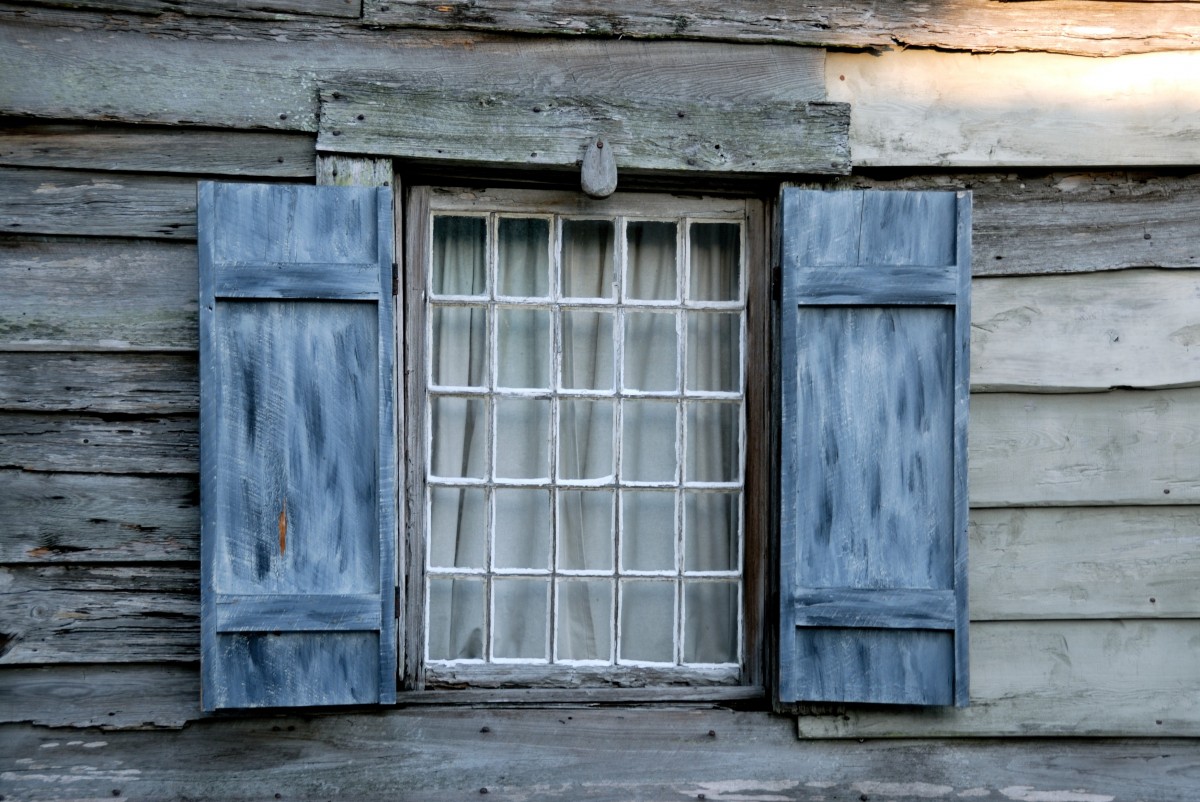
You should apply the treatment to clean and dry wood.
If paint or a varnish already covers your wood, strip it. Finish by sanding with fine sandpaper. If it is raw/natural, go directly to cleaning.
Dust your wood. If you wash them, wait until they are scorched before applying the product.
Note: If necessary, also use a degreaser and wait until the wood is dry before treating it.
Treatment of exterior structural wood: how to apply the treatment?
Brush or spray on the treatment. If the elements are too small to be treated quickly, you can put the medicine in a suitable container and let the elements soak in it, usually for at least 3 minutes.
If you need to apply multiple coats, it is usually not necessary (for once) to wait for each coat to dry before applying the next. Refer to the instructions for use.
The treatments available on large surfaces for decks are more in line with the fact that they must keep their colour as much as possible without graying. They, therefore, require unique woods, products and applications. For wooden decks and their supporting structures, naturally, resistant wood species or wood already treated accordingly are used.
Tip: Follow the instructions for use carefully. In particular, observe the application temperatures indicated on the jar. Wood is a living material that opens up to heat and shrinks when cold. The treatment must be able to penetrate it sufficiently to be effective. If you work in a room, ventilate it during the treatment.
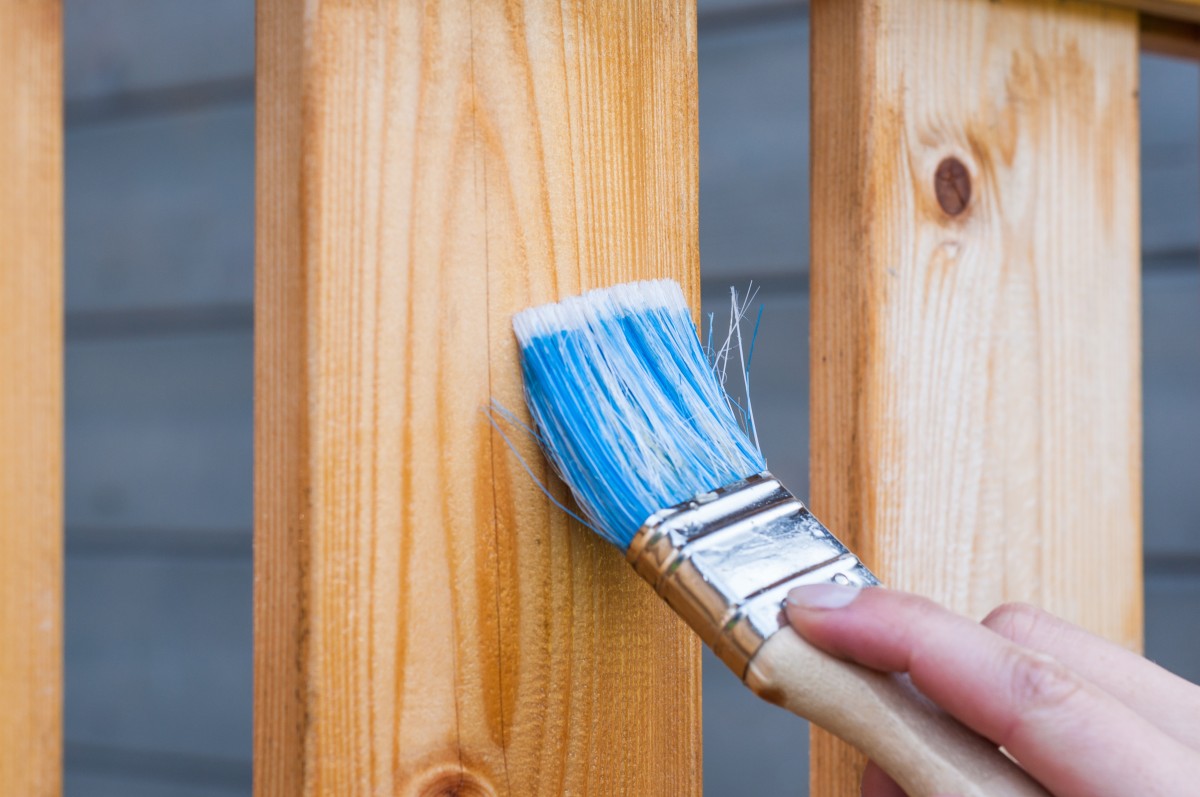
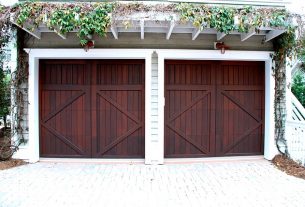
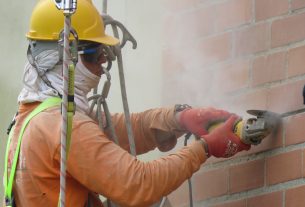
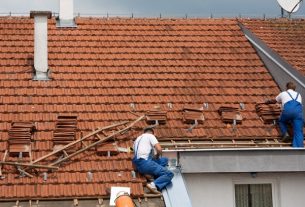
1 thought on “How to Treat Exterior Wood ”